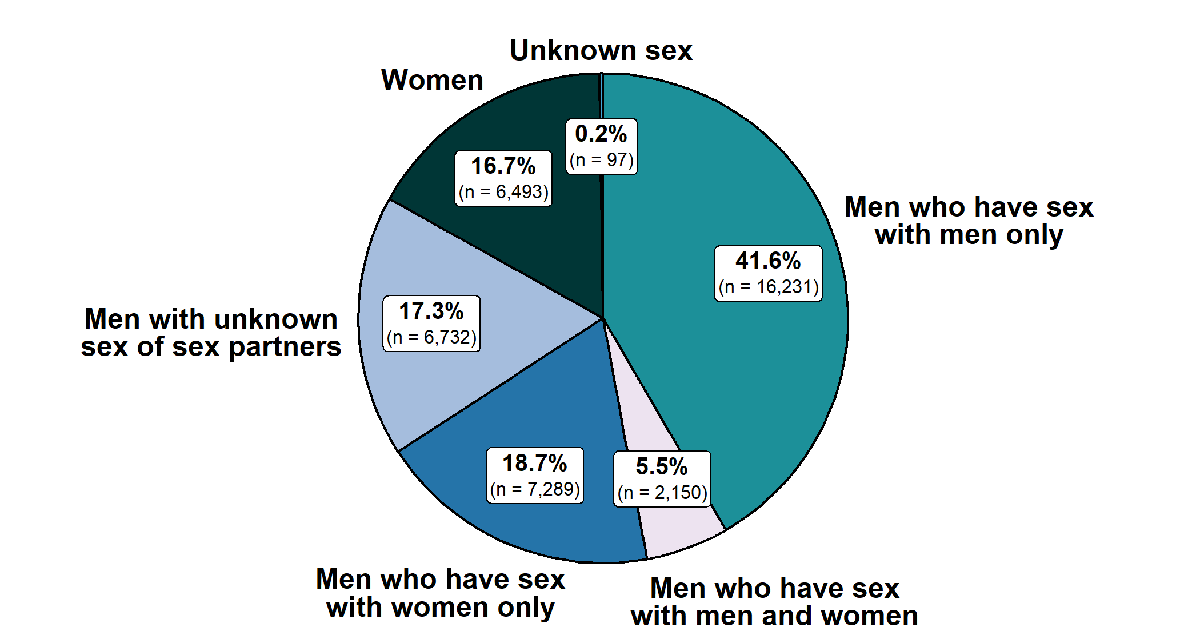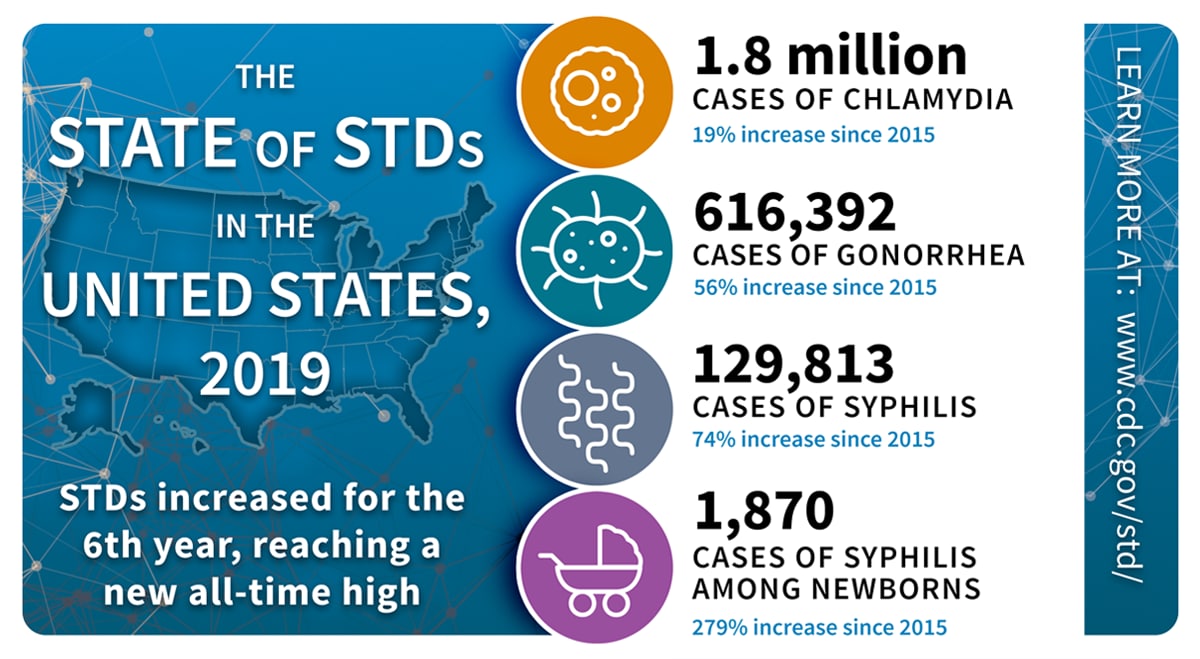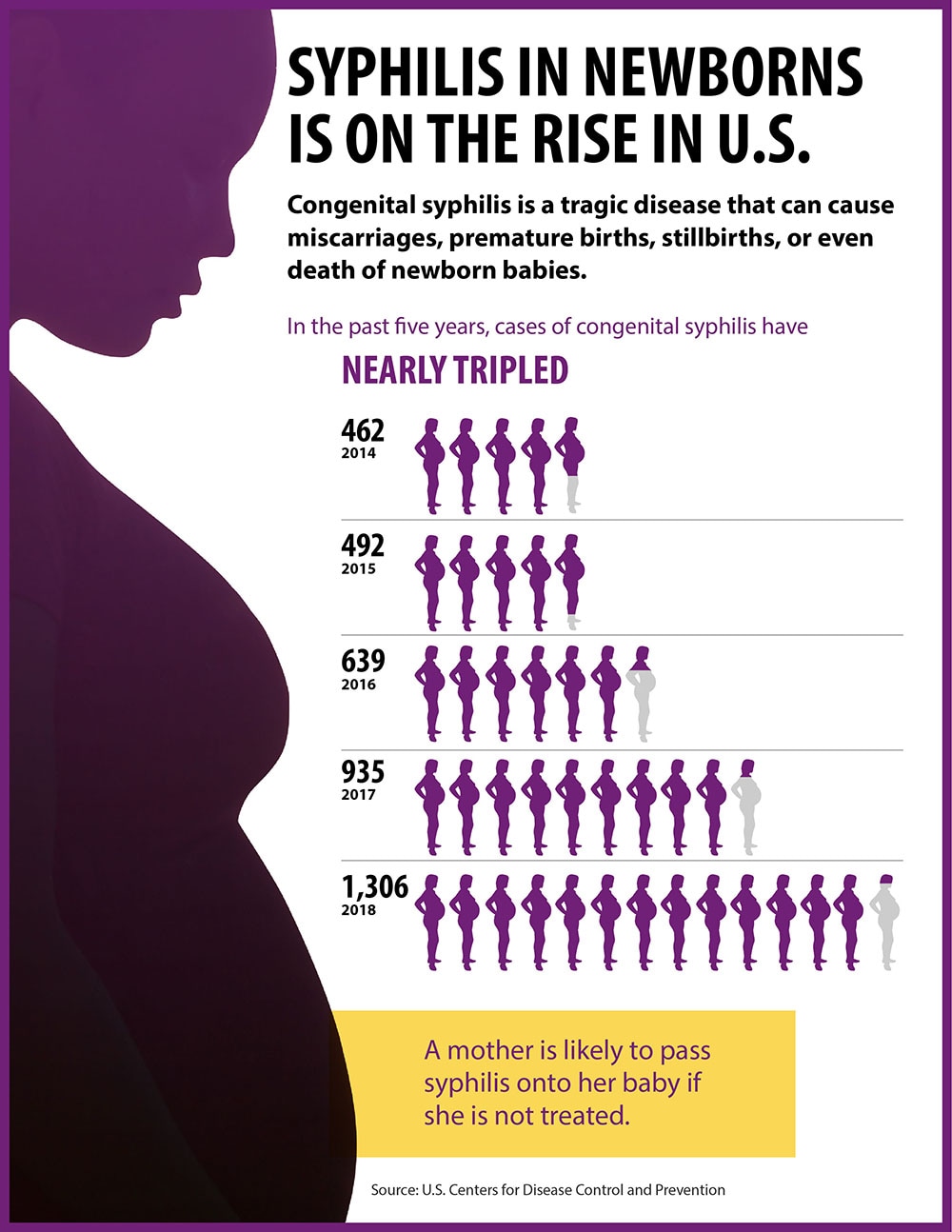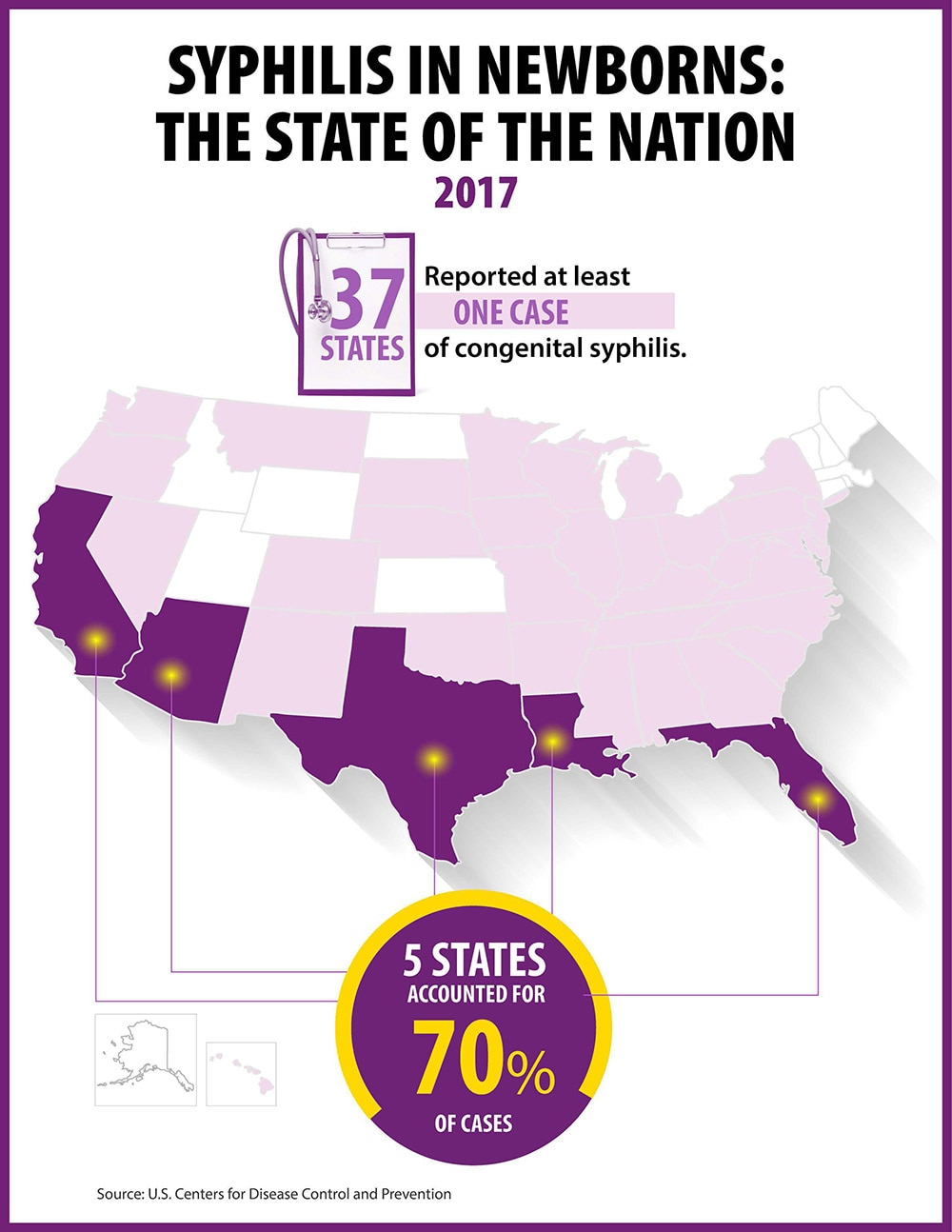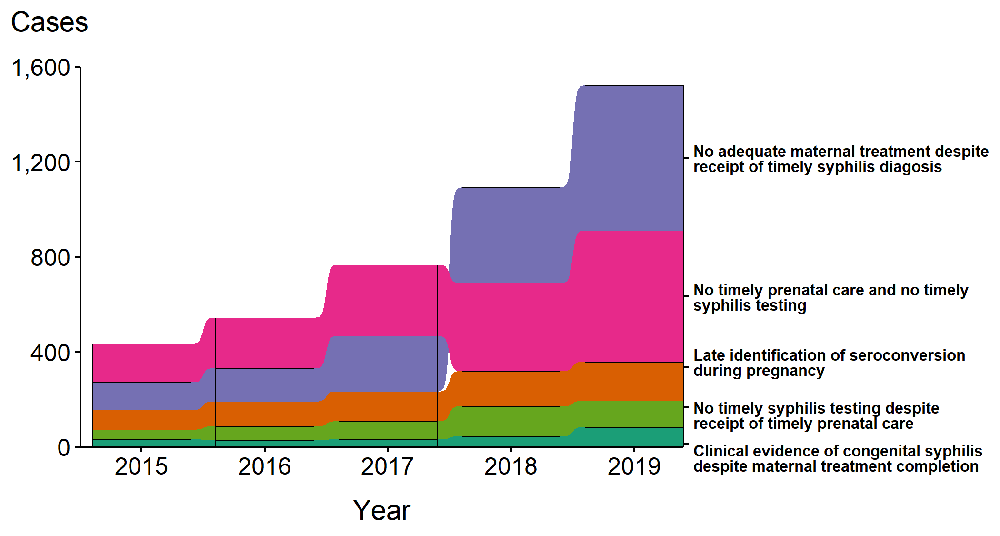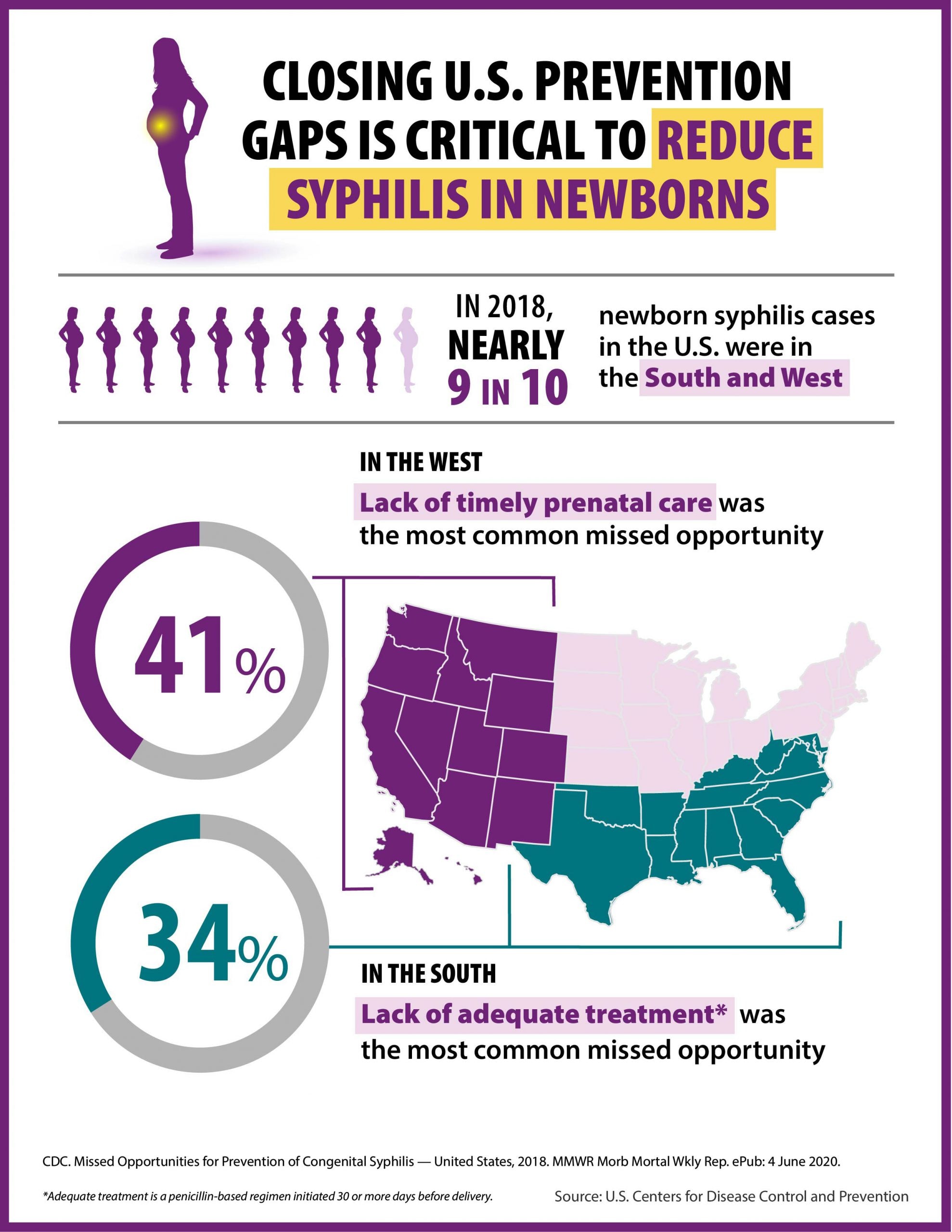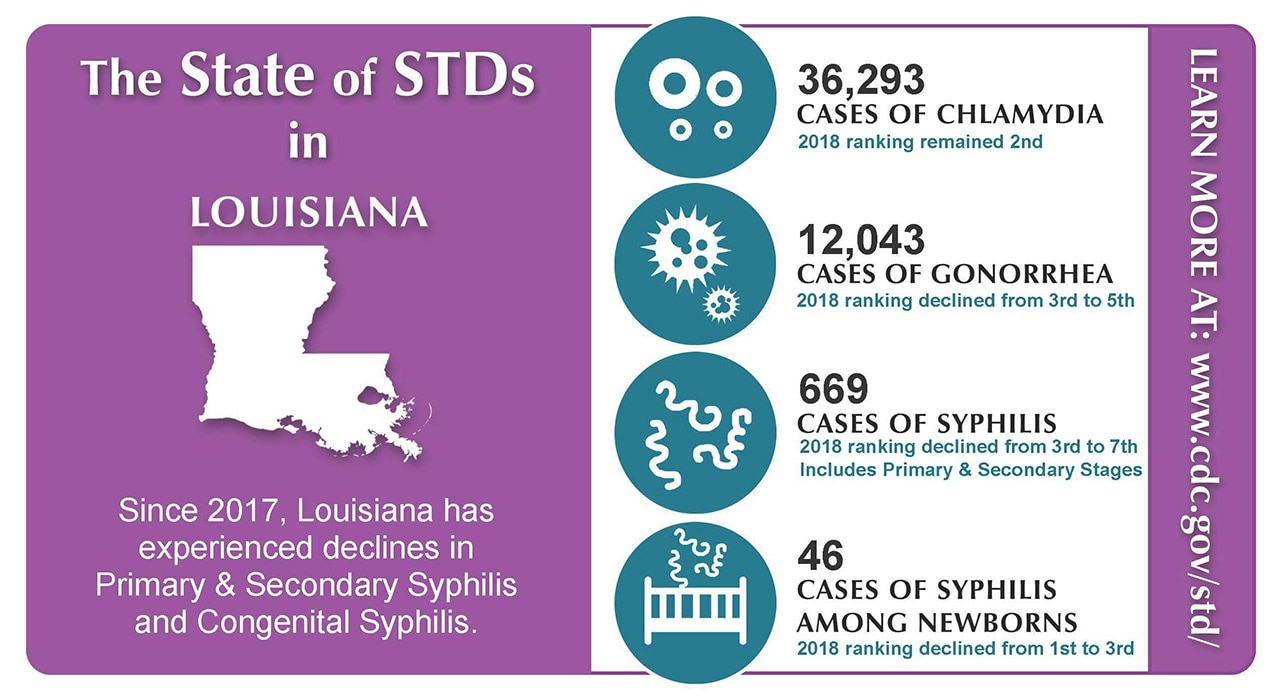Teen Newsletter: Syphilis
February 2022
The David J. Sencer CDC Museum (CDCM) Public Health Academy Teen Newsletter was created to introduce teens to public health topics. Each newsletter focuses on a different public health topic that CDC studies. Newsletter sections: Introduction, CDC’s Work, The Public Health Approach, Out of the CDC Museum Collection, and Teen Talk.
Watch the syphilis Teen Talk.
Introduction – Syphilis
Syphilis is a sexually transmitted disease (STD) caused by the bacterium Treponema pallidum. When not treated, syphilis can lead to serious health problems, including visual impairment, hearing loss, stroke, and other neurological problems.
Syphilis is divided into stages with different signs and symptoms associated with each stage. View images of syphilis (WARNING: the images depict signs/symptoms of STDs and are intended for educational use only).
- Primary Stage: You may notice a single sore or multiple sores (called a chancre). The sore is the location where syphilis entered your body. Sores are usually (but not always) firm, round, and painless. Because the sore is painless, it can easily go unnoticed. The sore usually lasts 3 to 6 weeks and heals regardless of whether or not you receive treatment. Even after the sore goes away, you must still receive treatment. This will stop your infection from moving to the secondary stage
- Secondary Stage: You may have skin rashes and/or mucous membrane lesions. Mucous membrane lesions are sores in your mouth, vagina, or anus. This stage usually starts with a rash on one or more areas of your body. The rash can show up when your primary sore is healing or several weeks after the sore has healed. The rash can look like rough, red, or reddish brown spots on the palms of your hands and/or the bottoms of your feet. The rash usually won’t itch and it is sometimes so faint that you won’t notice it. Other symptoms you may have can include fever, swollen lymph glands, sore throat, patchy hair loss, headaches, weight loss, muscle aches, and fatigue. The symptoms from this stage will go away whether or not you receive treatment. Without the right treatment, your infection will move to the latent and possibly tertiary stages of syphilis.
- Latent Stage: A period of time when there are no visible signs or symptoms of syphilis. If you do not receive treatment, you can continue to have syphilis in your body for years without any signs or symptoms.
- Tertiary Stage: Can affect many different organ systems. These include the heart and blood vessels, and the brain and nervous system. It is very serious and would occur 10–30 years after your infection began. The disease damages your internal organs and can result in death.
Men account for most cases of syphilis, with the vast majority of those cases occurring among gay, bisexual, and other men who have sex with men (MSM).
Primary and Secondary Syphilis – Distribution of Cases by Sex and Sex of Sex Partners, United States, 2019
You can get syphilis by direct contact with a syphilis sore during vaginal, anal, or oral sex. You can find sores on or around the penis, vagina, or anus; in the rectum; on the lips; or in the mouth. Syphilis can also spread from an infected mother to her baby. This is called congenital syphilis (CS).
The number of babies born with syphilis in the United States has increased sharply. In 2019, half of all U.S. counties reported syphilis among women of reproductive age had doubled during the last decade.
The number of CS cases in 2019 (N=1,870) was the highest it’s been since 1995, and preliminary data show nearly 2,100 cases of newborn syphilis in 2020.
Most of the time, a blood test is used to test for syphilis. Some healthcare providers will diagnose syphilis by testing fluid from a syphilis sore.
Syphilis can be cured with the right antibiotics from your healthcare provider. However, treatment might not undo any damage that the infection has already done.
CDC’s Work – Syphilis
There are two centers at CDC that work to control and prevent syphilis.
- CDC’s National Center for HIV, Viral Hepatitis, STD, and TB Prevention (NCHHSTP) is responsible for public health surveillance; prevention research; programs to prevent and control HIV, other STDs (including syphilis), viral hepatitis, and tuberculosis; and promoting school-based health and disease prevention among youth.
- NCHHSTP’s Division of STD Prevention (DSTDP) provides national leadership, research, policy development, and scientific information to help people live safer, healthier lives by the prevention of STDs (including syphilis) and their complications. Here are a couple of highlights from DSTDP’s work:
- Sexually Transmitted Diseases Treatment Guidelines, including guidelines for syphilis.
- A call to action to reduce/stop the rising syphilis cases, CDC Call to Action: Let’s Work Together to Stem the Tide of Rising Syphilis in the United States.
- Surveillance documents, including the recent Sexually Transmitted Disease Surveillance 2019 report that presents statistics and trends for sexually transmitted diseases (including syphilis) in the United States through 2019
- CDC’s National Center for Emerging and Zoonotic Infectious Diseases (NCEZID) is about protecting America’s health, safety, and security. They do this by keeping people safe from hundreds of infections ranging from A to Z.
- NCEZID’s Division of Global Migration Health (DGMH) works to reduce morbidity and mortality among immigrants, refugees, travelers, expatriates, and other globally mobile populations, and to prevent the introduction, transmission, and spread of communicable diseases through regulation, science, research, preparedness, and response. The DGMQ’s Immigrant, Refugee, and Migrant Health Branch promotes and improves health by identifying and treating diseases overseas, to protect the health of the travelers and prevent the spread of diseases into the United States. As part of this work, they provide the Department of State (DOS) and the Department of Homeland Security U.S. Citizenship and Immigration Services (USCIS) with medical screening guidelines (referred to as Technical Instructions) for all physicians performing the overseas and U.S.-based medical screening examinations (including syphilis screening) of refugees and immigrants.
The Public Health Approach – Syphilis
Public health problems are diverse and can include infectious diseases, chronic diseases, emergencies, injuries, environmental health problems, and other health threats. Regardless of the topic, we take the same systematic, science-based approach to a public health problem by following four general steps.
For ease of explaining and understanding the public health approach for the public health problem of syphilis, let’s focus on an outbreak of congenital syphilis (CS) in Louisiana.
In the Intro section above you learned about CS. If mom’s syphilis is not promptly diagnosed and treated, it can cause the baby to have jaundice, anemia, deformed bones, meningitis, blindness, or even be stillborn. CS is completely preventable if mom’s syphilis is detected and treated in time.
- Surveillance (What is the problem?). In public health, we identify the problem by using surveillance systems to monitor health events and behaviors occurring among a population.
- The National Notifiable Diseases Surveillance System (NNDSS) monitors cases of syphilis at the state, local, and territorial level.
- In 2017, Louisiana had the most CS cases in the nation.
- Risk Factor Identification (What is the cause?). After we’ve identified the problem, the next question is, “What is the cause of the problem?” For example, are there factors that might make certain populations more susceptible to disease, such as something in the environment or certain behaviors that people are practicing?
- Part of the challenge in addressing the alarming CS rates in Louisiana was providing support to expectant mothers potentially living in poverty—a situation which can lead to higher risks of exposure, lack of timely diagnosis, and inadequate prenatal care.
- Congenital Syphilis — Missed Prevention Opportunities Among Mothers Delivering Infants with Congenital Syphilis, United States, 2015–2019
-
- Intervention Evaluation (What works?). Once we’ve identified the risk factors related to the problem, we ask, “What intervention works to address the problem?” We look at what has worked in the past in addressing this same problem and if a proposed intervention makes sense with our affected population.
- The Louisiana Department of Health’s STD/HIV Program worked with policymakers in 2014 to pass a state law requiring syphilis screening (view all state laws requiring screening of pregnant women for syphilis in the United States) in the first and third trimesters of pregnancy for all women, as well as at delivery for women at high risk. While this was an important step, it was clear more action was needed.
- In 2016, using existing state HIV case review boards as a model, the Louisiana STD/HIV Program created nine regional CS case review boards composed of central office staff, regional medical team leadership, epidemiology and surveillance staff, and disease intervention specialists (DIS) throughout the state. These boards reviewed every single CS case in their region and assessed which ones could have been prevented with adherence to recommended prenatal care practices.
- “We sought to integrate the case review process into our existing network of client and community engagement activities,” said Chaquetta Johnson, DNP, MPH, the Deputy Director of Operations for the Louisiana STD/HIV/Hepatitis Program. This move to aggressively tackle rising CS rates has led to a number of review board activities that are already getting results:
- identifying preventable cases that then lead to system changes;
- issuing concrete recommendations for healthcare providers to prevent future cases;
- educating patients and providers through a dedicated CS nurse educator; and
- sponsoring two highly attended CS conferences for providers.
- The feedback exchange created by the congenital syphilis (CS) case review boards in Louisiana has emphasized the importance of provider enthusiasm for smarter preventive practices. It’s this enthusiasm that has promoted more timely case reporting and treatment of CS in the state. Provider-focused conferences have played a critical role in getting the word out to healthcare providers around the state and beyond.
-
- Implementation (How do we do it?). In the last step, we ask, “How can we implement the intervention? Given the resources we have and what we know about the affected population, will this work?”
- In early 2018, perinatal case managers were designated to support the work of DIS, assist clients with accessing supportive services, and help with community outreach activities. These healthcare practitioners with nursing and social work backgrounds provide a support system for DIS in affected communities. Thanks to $550,000 in supplemental CDC funding, two of these versatile healthcare professionals serve those in need by establishing rapport with expectant mothers to encourage open communication, ensuring access to and participation in prenatal care, helping clients find stable housing, and supporting timely testing and treatment of sexual partners.
- “The STD/HIV Program hopes to add more of these indispensable case managers in the future,” said Johnson. “They follow pregnant mothers all the way through and often past the postpartum stage—because care doesn’t stop once mothers deliver. We are focused on supporting our clients’ general health and well-being beyond pregnancy. We want happy and healthy moms and babies in Louisiana.”
- All of these early initiatives from Louisiana’s CS case review boards support a winning strategy that’s delivering stronger, healthier babies whose future health outcomes now look decidedly brighter. Read their update to learn more.
- Using the Public Health Approach helps public health professionals identify a problem, find out what is causing it, and determine what solutions/interventions work.
Out of the CDC Museum Collection – Syphilis
This month’s Out of CDC Museum Collection features an engaging educational program from Philadelphia, PA. The paper items seen here are called Syphilis Bucks and they were given out to entice people to come to the public health center clinic for a syphilis blood test. Text printed on the bucks warns, “syphilis can cause heart disease, insanity, paralysis, blindness, deafness, death” and the address (1400 Lombard St.) to the clinic to get tested. The Syphilis Bucks were part of an educational campaign during 1951-1968 and designed to hasten the eradication of the venereal disease, syphilis, from metropolitan Philadelphia.

